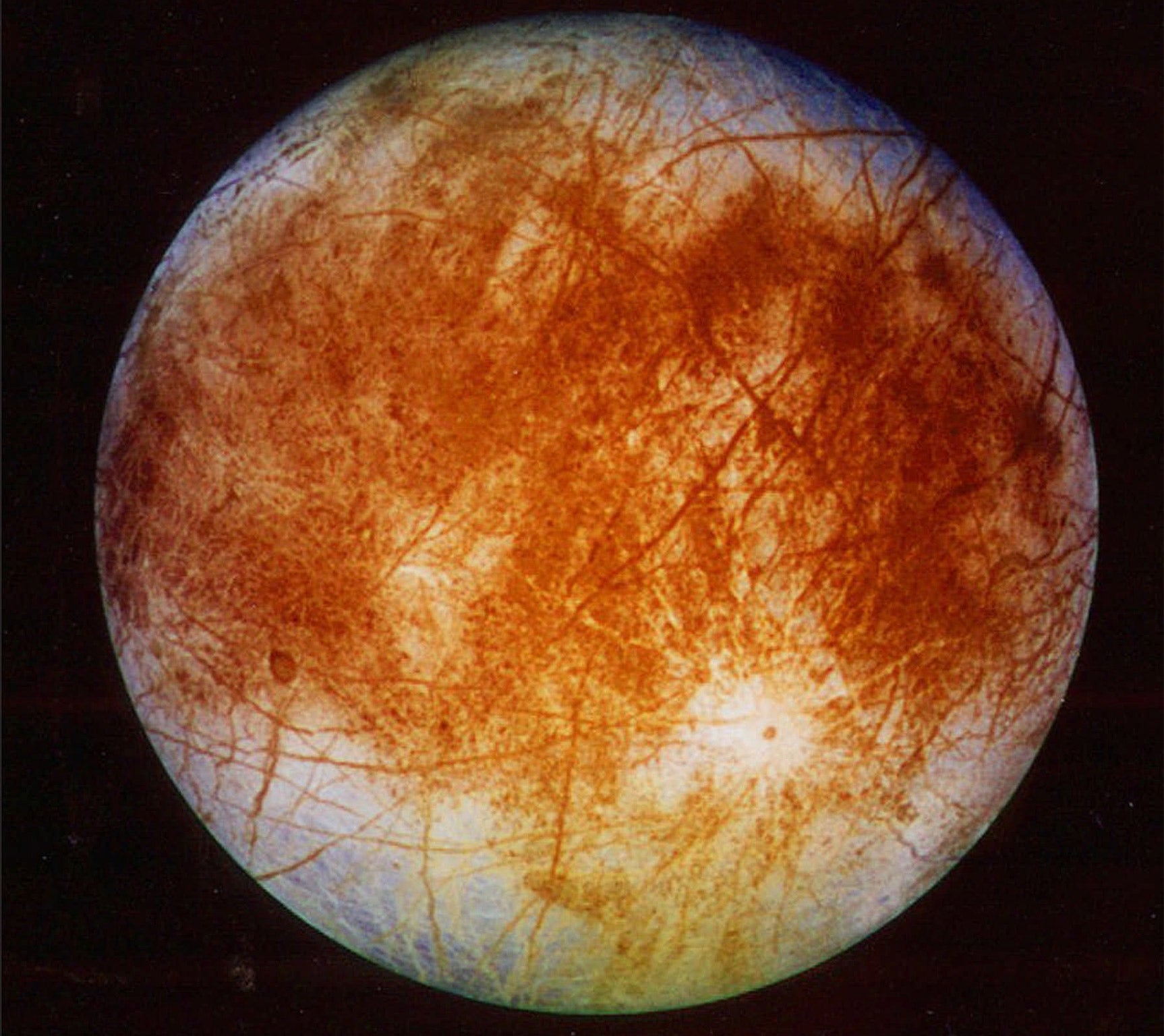Nasa scientists plan to send a nuclear robot drill to hunt for aliens on Jupiter's moon
Europa's ocean might contain extraterrestrial life in our own solar system – but it is hidden beneath thick ice

Your support helps us to tell the story
From reproductive rights to climate change to Big Tech, The Independent is on the ground when the story is developing. Whether it's investigating the financials of Elon Musk's pro-Trump PAC or producing our latest documentary, 'The A Word', which shines a light on the American women fighting for reproductive rights, we know how important it is to parse out the facts from the messaging.
At such a critical moment in US history, we need reporters on the ground. Your donation allows us to keep sending journalists to speak to both sides of the story.
The Independent is trusted by Americans across the entire political spectrum. And unlike many other quality news outlets, we choose not to lock Americans out of our reporting and analysis with paywalls. We believe quality journalism should be available to everyone, paid for by those who can afford it.
Your support makes all the difference.Scientists including researchers at Nasa have proposed a plan for a nuclear-powered robot drill that would dig into a moon in an attempt to find aliens.
The plan, nicknamed "tunnelbot", would offer an opportunity to delve deep beneath the distant world of Jupiter's moon Europa and check whether there are aliens hiding beneath its surface, as some researchers suspect.
The water hidden beneath Europa is considered one of the most promising places to find alien life in our own solar system. But it is stuck beneath a crust of ice, making it difficult to explore directly.
Now scientists have suggested that they could send the drill to dig into that crust and explore to try and find extraterrestrial life.
"We have performed a concept study for a nuclear powered tunneling probe (a tunnelbot) that can traverse through the ice shell and reach the ocean, carrying a payload that can search for nested, corroborative evidence for extant/extinct life," the researchers wrote in a proposal given at the 2018 meeting of the American Geophysical Union. "The tunnelbot would also assess the habitability of the ice shell and underlying ocean."
There are still a series of problems with the plan, including the question of how the tunnelbot would actually get all the way to the distant world. "How initial deployment on the surface would occur was not addressed and remains a challenge for future work," they note.
The researchers actually considered two possibilities: one that is powered by a nuclear reactor, and another by heat source bricks. Both use the heat generated from those power sources to melt through the ice sources.
But burying deep into the world would come with other challenges, too. It would be hard for messages to be able to be sent through the ice, for instance, meaning that the robot would carry a cable that could send messages back up and onto Earth.
The researchers also note that the tunnelbot would have to leave a cable or float when it reaches the ocean to make sure that it doesn't fall into the water when it digs through the ice.
Join our commenting forum
Join thought-provoking conversations, follow other Independent readers and see their replies
Comments